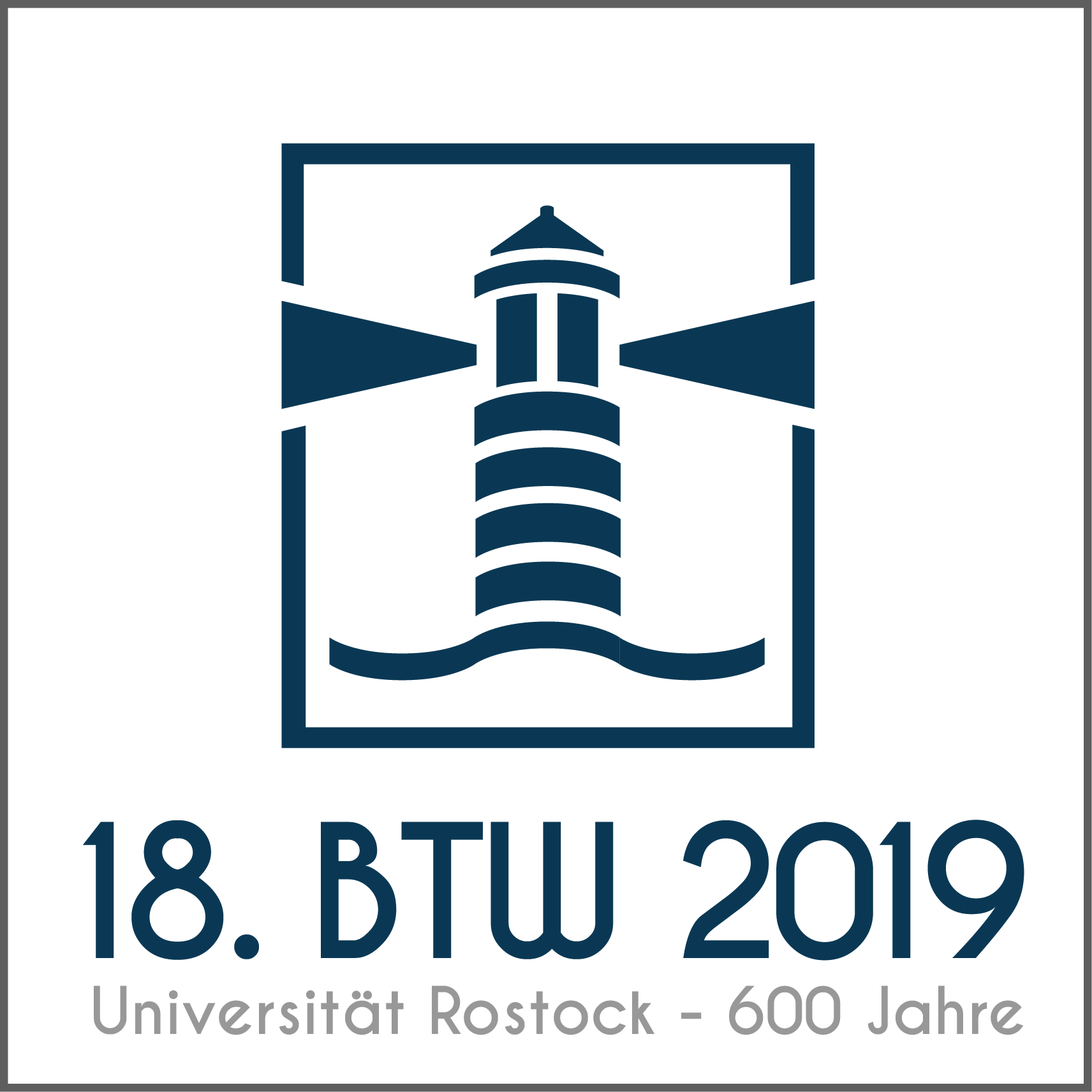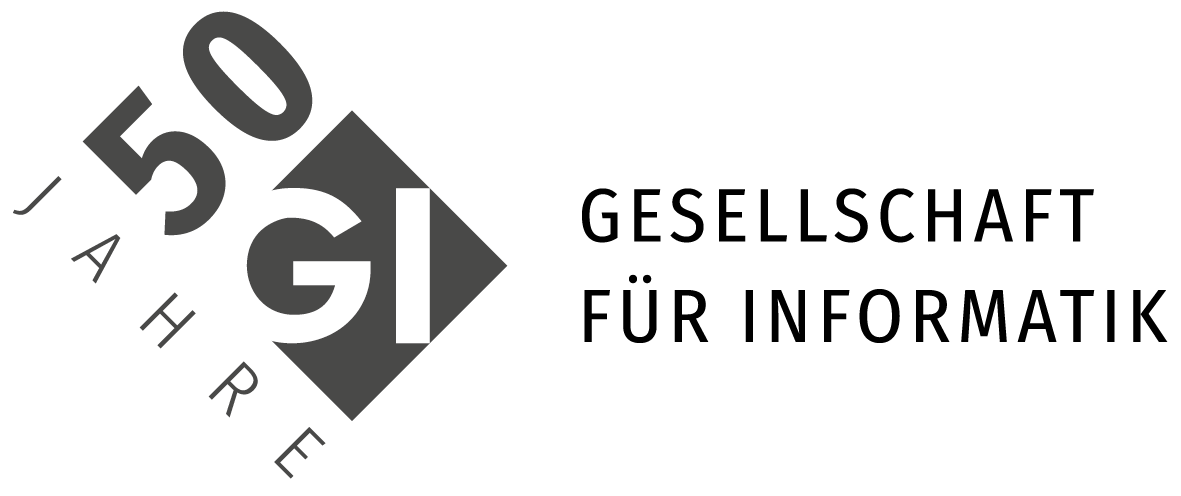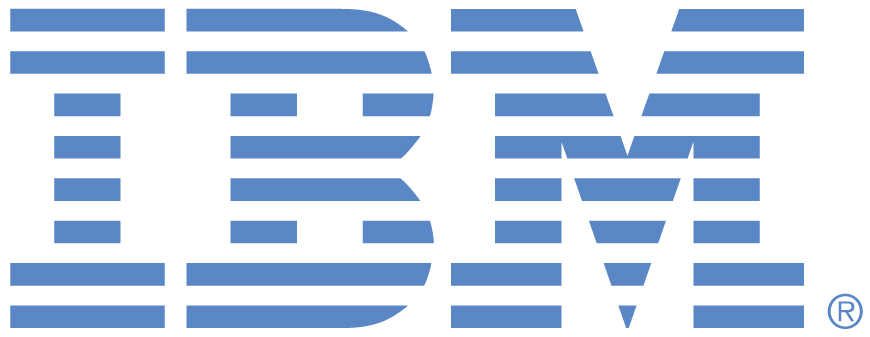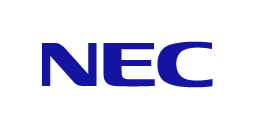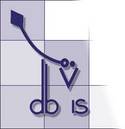Time: Zuse 001
Location: Tuesday, 05.03.2019, 13:30-17:00
Speaker: Wingerath, Wolfram (Baqend Hamburg); Gessert, Felix (Baqend Hamburg); Ritter, Norbert (University of Hamburg)
Users have come to expect reactivity from mobile and web applications, i.e. they assume that changes made by other users become visible immediately. However, developers are challenged with building reactive applications on top of traditional pull-oriented databases, because they are ill-equipped to push new information to the client. Systems for data stream management and processing, on the other hand, are natively push-oriented and thus facilitate reactive behavior, but they do not follow the same collection-based semantics as traditional databases: Instead of database collections, stream-oriented systems are based on a notion of potentially unbounded sequences of data items. In this tutorial, we survey and categorize the system space between pull-oriented databases and push-oriented stream management systems, using their respectively facilitated means of data retrieval as a reference point.
We start with an in-depth survey of the most relevant NoSQL databases to provide a comparative classification and highlight open challenges. To this end, we analyze the approach of each system to derive its scalability, availability, consistency, data modeling, and querying characteristics. We present how each system´s design is governed by a central set of trade-offs over irreconcilable system properties. We then cover recent research results in distributed data management to illustrate that some shortcomings of NoSQL systems could already be solved in practice, whereas other NoSQL data management problems pose interesting and unsolved research challenges. A particular emphasis lies on the novel system class of real-time databases which combine the push-based access paradigm of stream-oriented systems with the collection-based query semantics of traditional databases. We explore why real-time databases deserve distinction in a separate system class and dissect their different architectures to highlight issues, derive open challenges, and discuss avenues for addressing them.
